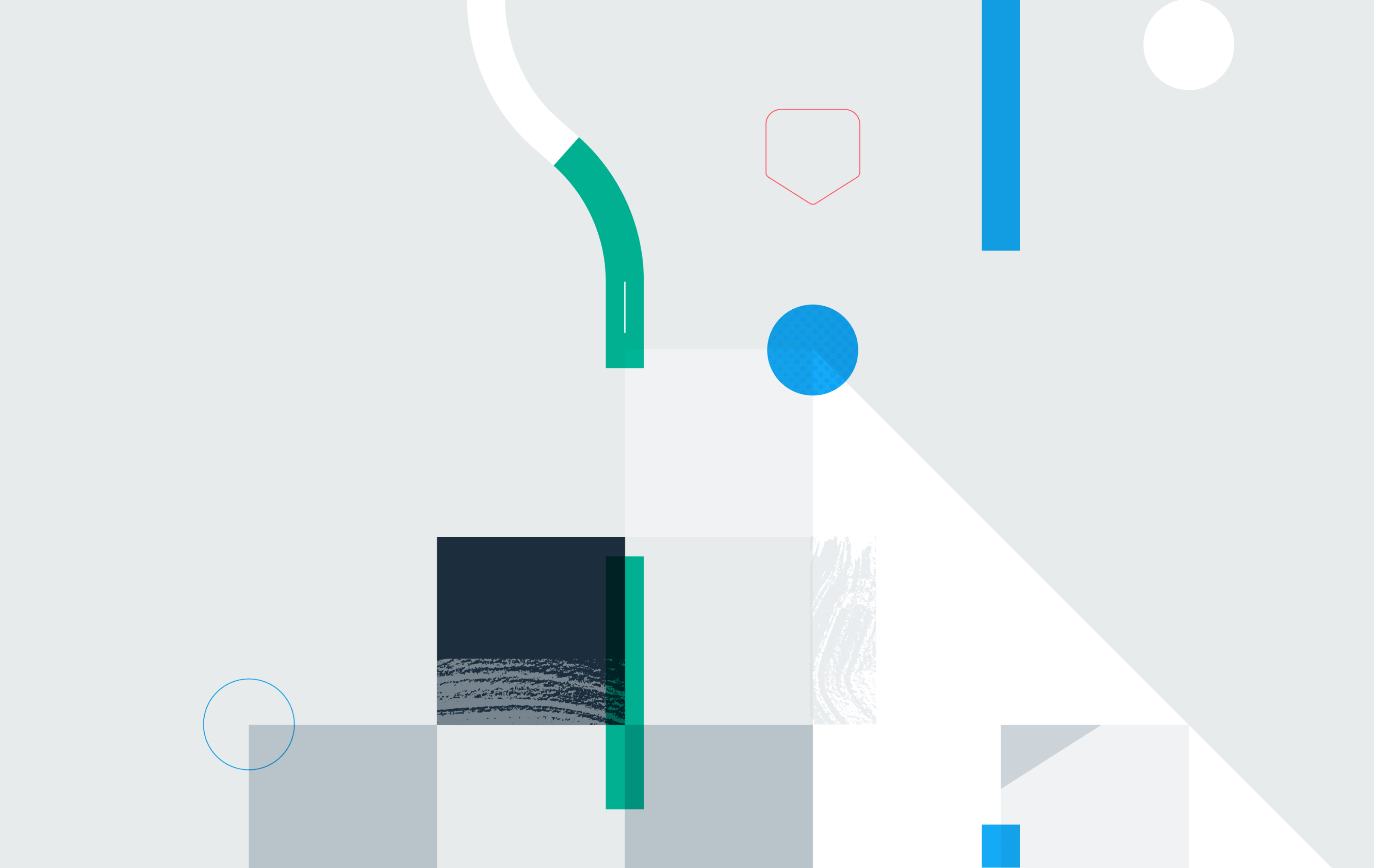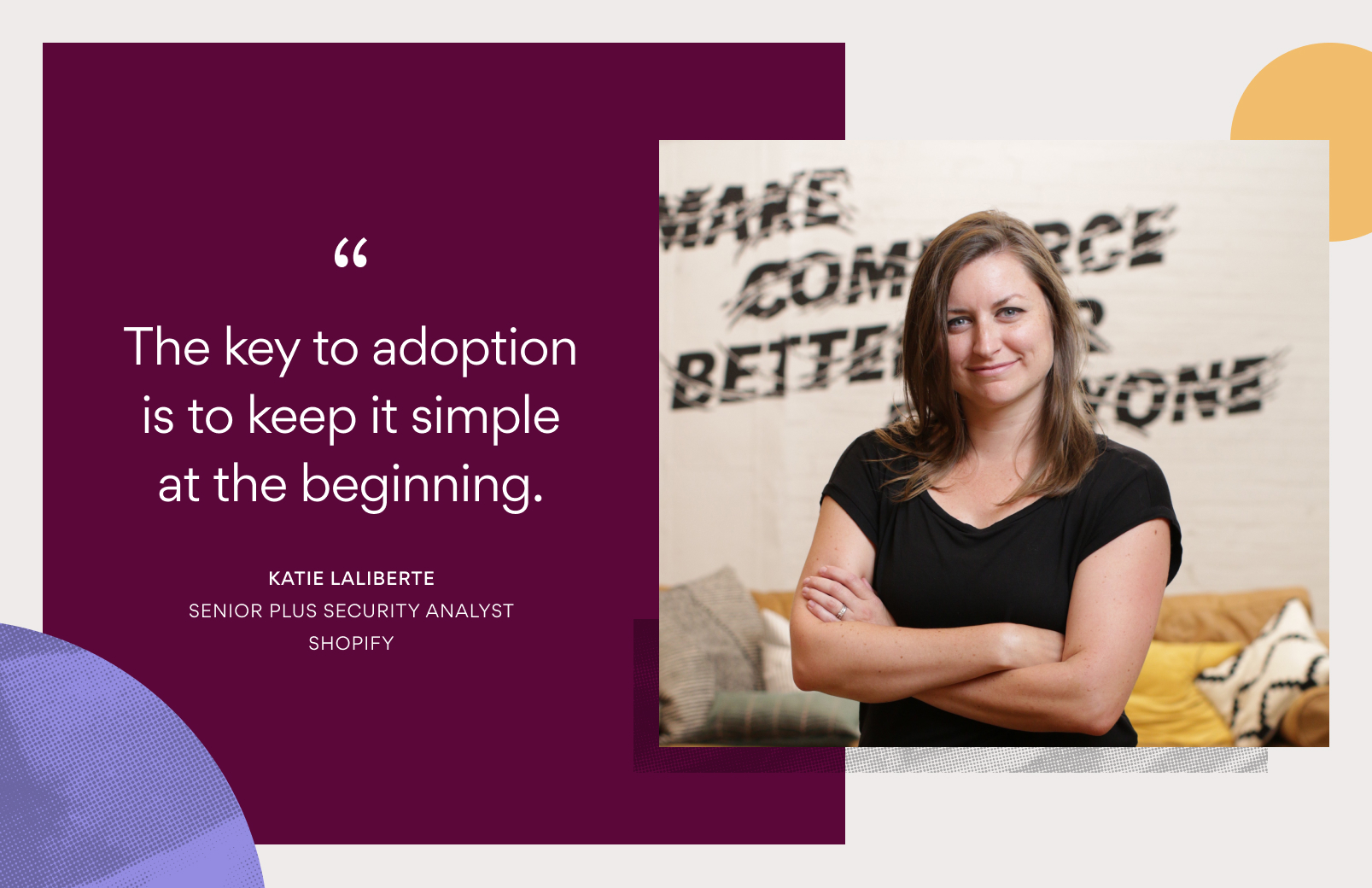Seven insights for building hypergrowth products from Asana’s Head of Product, Alex Hood

Every product leader’s dream is to build a hypergrowth product. But how do you get from a great idea to something your customers can’t get enough of? Recently, Asana Head of Product, Alex Hood joined Traction Conference to break down his playbook for hypergrowth, including how to design your product for delight and build a legendary product team. Here are seven insights from that conversation, plus a peek into how we go about solving our own product challenges here at Asana.
Q: Tell us a little about your journey as a product leader.
A: I started my product career at NASDAQ, working as a product manager in the economic research division. It was a very data-driven, and almost a data analyst role. We’d take a look at the stock market, break down all the data and we’d say, “Hey, if we changed the way the market operated this way or that way would it be faster? Would it be more fair? Would buyers and sellers meet each other in a new way?” That’s where I started to develop really deep skills around data and product strategy.
Then I went to business school at Berkeley Haas and joined Intuit in a corporate strategy role on Quickbooks desktop team—back when it was sold on CD-ROM. During that experience, I started to fall in love with the process Intuit used to build great products. They called it “designing for delight,” in other words being human-centric. That made a big impression on me, as did learning how to apply the scientific method to business and product problems. Those are part of my product leader wiring to this day. Eventually I helped transition Quickbooks to SaaS and grew the brand internationally.
Q: How do you build a hypergrowth product?
A: You have to start with a massive customer problem, something that’s so painfully difficult that people take it for granted. At Asana, we’re trying to reduce the 60% of your day you spend on “work about work” without even realizing it so that teams can be happier and more effective. After you pinpoint that big unmet need, you want to make sure your solution meets these criteria:
- It has a benefit people care about.
- It is easy to grok or get started with.
- It has a big emotional outcome, meaning there should be an element of delight in the experience. People should feel like they can’t imagine ever going back to the time before your product.
Q: When you look at products that have achieved hypergrowth, are those products usually that much better than the competition?
A: Let’s take Zoom and Slack for example. Those are two categories—video conferencing and collaboration—where there are a lot of entrenched competitors trying to offer similar benefits to customers. Yet as soon as Zoom and Slack emerged, their competitors were tossed to the wayside. Why? Well, if I go back to my recipe for hypergrowth products, Zoom excels at making things easy. They figured out UI flow, they made video conferencing an enjoyable experience. Slack is also enjoyable, but maybe more importantly, they make people feel connected to their teams. That sense of belonging is a reason people love their work. Slack understands that and builds their product around it. And that’s the difference between the good and the great.
Q: You’ve talked about hyper product growth coming from a hyper focus on design. What does that mean?
A: When I say design I want to be clear I’m not just talking about pixels; I’m talking about process. At Asana we use the double diamond method. There are basically two aspects to this: First understand the pain and give yourself a ton of time to research and brainstorm, then start to narrow in on the best possible solution. That process is so critical to ensuring product teams deliver the right features as opposed to whatever is in their founder’s head or serves only a select few customers. And the thing that’s really endemic to this process is that you should be iterating with your customers all along the way. Prototype, ship a beta, have customers click through Figma designs. Look for surprises at every step and ask yourself if there’s anything you can sink your teeth into. That’s the winning process in my view.
Q: In your product process, how much attention should you pay to what competitors are doing?
A: Going back to the double diamond process, you should definitely be looking at both your competitors and successful companies in other spaces. For example, whenever I think about adoption I like to look at spaces where it’s very difficult to get someone through a funnel—like travel or banking. When you play with their products, you know they’ve just pored through all the best ways to get customers from point A to point B. They aren’t our competitors but their work is inspiring.
Q: How do you manage the tension between delivering a well-designed product and getting it out there quickly?
A: The double diamond process is not a waterfall process; it’s agile. You can and should be shipping all the way through. The important thing is that by understanding your customer really well and doing a lot of great brainstorming, you are figuring out the ideal customer experience so that you can work backwards toward your minimum viable product. That’s how we run things on our team. We don’t iterate on something a thousand times before we ship. We’re much scrappier. We launch and learn, run betas and alphas, and all of this learning actually accelerates our path to the best solution.
Q: How do you start building a great product team?
A: At Asana we have a specific set of competencies we use for product management. It’s our hiring rubric as well as how we decide who gets promoted and who gets which projects. The competencies are:
- Growth mindset
- Strategic rigor
- Get things done
- Ability to grow the team
- Customer-centric
- Collaborative
We really value people who are open and curious. Above all else if you can find folks who are great at their craft and who are open and curious, with no ego, that’s a recipe for great teams. People should be delightful to work with as well as extremely confident at their craft. Some might say this is like looking for a unicorn, but finding the right people is too important to settle.
Q: What hacks have you picked up for finding top product talent?
A: If you’re a founder, you’re probably pretty passionate about the customer problem your startup is trying to solve. It probably keeps you up at night and flows through your veins. The biggest hack I’ve learned is to seek out people who share that same passion. Use your mission as a hook and you’re 80% of the way there.
Interested in building hypergrowth products here at Asana?
We’re always looking for open and curious product stars to join our team. Check out our open roles in Product Management, Product Design, and Product Engineering today at https://asana.com/jobs/.

